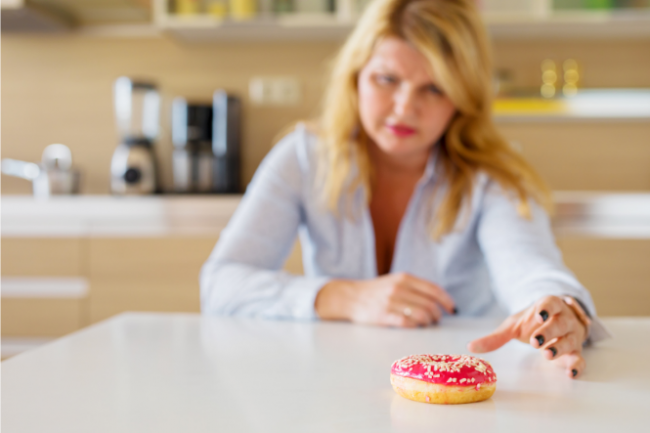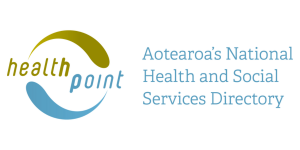No one knows for sure what causes PMS, but several factors may contribute to it:
- Hormone changes:
- Signs and symptoms of PMS are likely to be linked to hormone levels such as oestrogen and progesterone. These hormonal changes affect women differently and can be further altered by lifestyle, hereditary factors, nutritional status, and your emotional state at the time of PMS symptoms appearing.
- Chemical changes in the brain:
- Fluctuations of serotonin, a brain chemical that's thought to play a crucial role in mood states, could trigger PMS symptoms. Low serotonin may contribute to premenstrual depression, as well as to fatigue, food cravings and sleep problems.
- Depression:
- Some women with severe premenstrual symptoms may have undiagnosed depression, although depression alone does not cause all of the symptoms of PMS.
Some women have very mild symptoms and others have severe symptoms affecting them for days at a time.

Image credit: Canva






